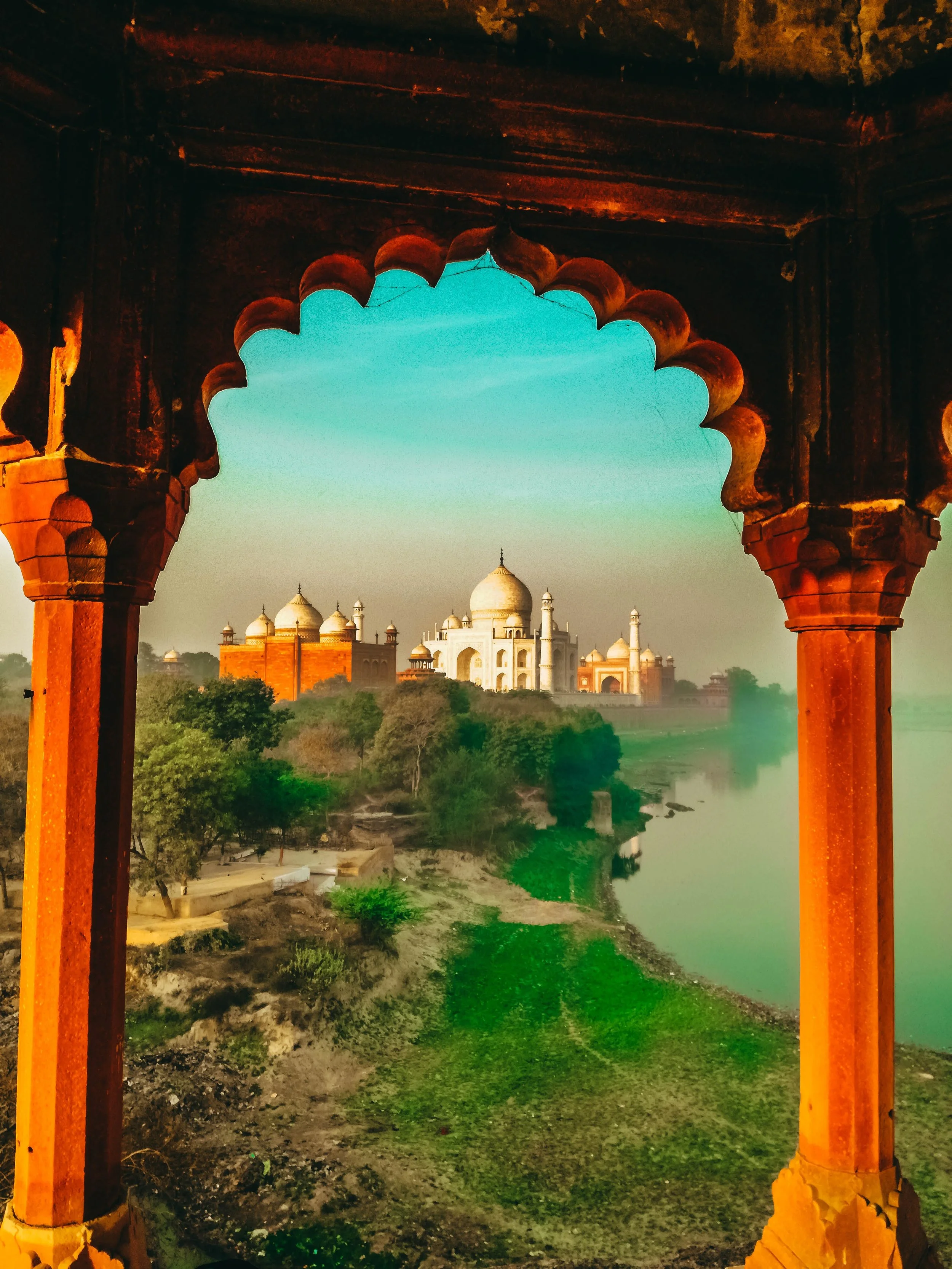India's rich and vibrant culture is one of the oldest in the world, making it a popular destination for a variety of tourists. However, with a diverse climate and terrain, and countless things to do in India, packing for a trip to India can cause many to hesitate. For both men and women, dressing conservatively is a good rule of thumb. While traditional and acceptable dress has evolved and changed, having options such as scarves, wraps, and long pants is a good idea, especially for when visiting India's holy sites. Here are some additional helpful tips on what to pack for India to ensure your trip is a success.
Weather & Climate:
Photo Source: Hikersbay.com
- Summer (April - June) The summer months bring extreme heat with temps averaging around 30° C/80° F and easily rising above 40° C/105° F in some areas of the country.
- Monsoon Season (June - September) Thunderstorms dominate these months with high temperatures in the northern regions averaging between 26–34° C/80-95° F. An umbrella is essential if traveling this time of year as the country receives 80% of its annual rainfall.
- Autumn (October - November) One of the best times of year to visit India since the days are warm, dry, sunny, and pleasant. Average temperatures reach 34° C/93° F.
- Winter (December - March) Expect cooler temperatures, especially in the northern region and at night, with average around 10–15° C/50–59° F in the northwest.
Packing List:
Luggage & Personal Items:
- Small Suitcase (Bricks Milano)
- Daypack (Perfect for day-long activities - Cotopaxi)
- Cross-body bag (Good for everyday use)
- Light wallet (Try to only bring the money you’ll need for the day when venturing out)
- Passport + Credit Cards (Passports must be valid for at least six months from the date of entry)
- Passport Bag (Arden & Cove Anti-theft waterproof bag)
Clothing, Footwear & Accessories:
- Loose-fitting, breathable tops and bottoms are a necessity. Cotton and linen are good examples of breathable fabrics.
- Maxi dresses and skirts are a good way for women to stay covered and keep cool. While skirts don't need to be ankle length to be acceptable, leave the mini- and tight skirts at home.
- Cardigans are good covering shoulders, especially for when visiting mosques and temples
- Light sweater/sweatshirt for chilly nights
- Lightweight Down Jacket—the warmth of the jacket depends on when you’re traveling. A light jacket (Cotopaxi) is good for chilly autumn nights, but you’ll want something warmer for the winter. A rain jacket can also be good for the lighter monsoon months. (Cotopaxi)
- Socks (a good way to protect your feet from mosquitos at nights)
- Scarves/head wrap
- Sensible shoes (Consider where you’ll be and what activities you’ll be doing. Bring shoes you'll be comfortable walking long distances in and that will protect your feet.)
- Sunglasses
- Hat
- Umbrella (if traveling during India's monsoon season)
Toiletries
- Make-up
- Chapstick (with SPF protection)
- Sunscreen
- Face Soap & Lotion
- Shampoo & Conditioner
- Toothbrush & Toothpaste
- Hand Sanitizer
- Ear plugs (India is a noisy place. Ear plugs can help cut down the noise pollution and help with sleep.)
- Mosquito Repellant &/or Deet Free Mosquito Wristbands (The mosquitoes are no joke so protect yourself. Malaria is a real thing in India.)
- Medication (Take an emergency stash for stomach ache, diarrhea, constipation, colds, and headaches. Common medicines can be easy to find in a pharmacy, but often are called different names in India, making finding what you need more complicated.)
Electronics:
- Portable external battery charger
- Power adaptor (Travelers from the United States, may need a voltage converter and plug adapter. Those coming from countries with 230V currency, such as Australia and the UK, only require a plug adapter)
- Camera, Camera Lenses, & Charger (See what's in Kylie's Camera Bag)
- Cell phone + Charger
Visas: A Tourist Visa IS required and you will not be able to get one upon landing in the country. Check for current requirements and leave yourself plenty of time to obtain the correct visa.
Vaccinations: It's recommended travelers check the vaccines and medications list, and visit your doctor (4-6 weeks prior to traveling)
- All Travelers - Routine Vaccinations
- Most Travelers - Hep A & Typhoid
- Some Travelers - Cholera, Hep B, Malaria, Japanese Encephalitis, Rabies, Yellow Fever
Currency: Indian Rupee. See current exchange rate below.












One of our core values here at Acanela Expeditions is ‘Impact’. We have the opportunity to create a positive impact as we travel the world and immerse ourselves into cultures and experiences as we work with local artisans. Meet our artisan and friend, Shashi!